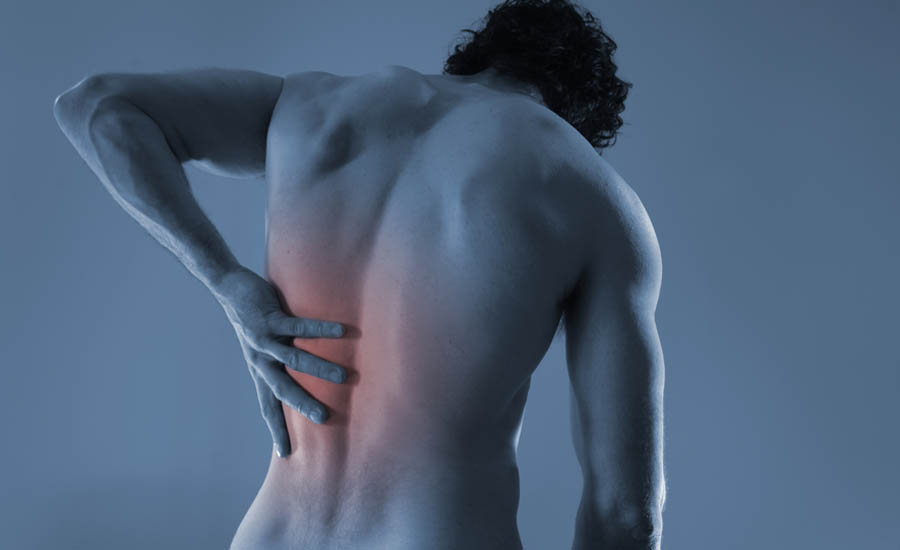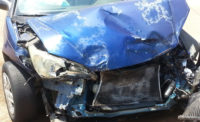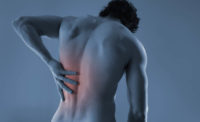The National Institute for Occupational Safety and Health (NIOSH) is taking credit for saving some workers’ backs – and it has the studies to back up that claim.
It’s no secret that manual lifting puts a strain on the lower body, especially the back. NIOSH knew that for workers who manually lift items as part of their job (and for their employers), knowing where the strain comes from can help prevent serious low back injury and its associated missed workdays and lost productivity.
A formula for calculating lift risk
Thus, in 1981 researchers at the agency decided to dive deep into lifting-related risk factors for low back injury, and develop a Lifting Equation. The equation was subsequently expanded and released it as the Revised NIOSH Lifting Equation in 1993. The revised equation provides a proven formula for calculating a lifting index for designing safe lifting tasks to prevent work-related low back pain. However, its impact on research, industry practices, and regulations has remained unclear – until now.
NIOSH investigators decided to measure the impact the revised lifting equation is having on worker health. They did this by systematically reviewed published studies on the equation.
What they found: the Revised NIOSH Lifting Equation is one of the most widely used tools for designing manual lifting tasks and that several local, state, and international organizations have adopted it as a standard for safe lifting. Specifically, they reviewed 88 studies focusing on the revised equation:
- Twenty-four studies examined its criteria for defining lifting capacity.
- Twenty-eight studies examined its ability to identify low back pain.
- Twenty-three studies found it helpful in identifying the risk of low back pain among different worker populations.
Predicting the risk
Thirteen studies found that the revised equation’s lifting index and composite lifting index helped predict the risk of low back pain. The lifting index calculates the ratio of the load lifted to the recommended weight limit, and the composite lifting index calculates this ratio for multiple lifting tasks performed one after another.
Although these results show that the revised equation has helped improve worker safety and health, more research is necessary. In particular, future studies should focus on how the lifting index and a variety of derived lifting index variables affect low back pain and other musculoskeletal disorders, according to the investigators. In addition, future studies may address incorporating additional lifting tasks and other variables such as lifting speed, degree of torso bending, gender, and age.



